 International Walk to School Day is October 7. This means that in October, cities across the US (and throughout the world) will hold Walk to School events to encourage students and their families to get to school on foot and experience the benefits and joys of walking in their community.
International Walk to School Day is October 7. This means that in October, cities across the US (and throughout the world) will hold Walk to School events to encourage students and their families to get to school on foot and experience the benefits and joys of walking in their community.
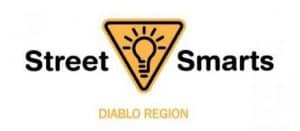 Some schools in Brentwood, Oakley, Concord, Pittsburg, and Walnut Creek will be teaming up with Street Smarts Diablo for Walk to School events. The events in Concord, Pittsburg and Walnut Creek will happen on October 7, while Brentwood and Oakley schools will celebrate on October 21.
Some schools in Brentwood, Oakley, Concord, Pittsburg, and Walnut Creek will be teaming up with Street Smarts Diablo for Walk to School events. The events in Concord, Pittsburg and Walnut Creek will happen on October 7, while Brentwood and Oakley schools will celebrate on October 21.
 With more students walking to and from school in October, motorists are reminded to drive with extra care, stay alert for children crossing the road, and be especially aware of school zone speed limits.
With more students walking to and from school in October, motorists are reminded to drive with extra care, stay alert for children crossing the road, and be especially aware of school zone speed limits.
In honor of Bike to School Month, we thought we’d give you a look at what walking to school looked like 50 years ago with this walking safety video from 1964. Enjoy!
Tag: Contra Costa
Contra Costa Schools Celebrating 'Walk to School Day': October 7 & 21, 2015
 Walk to School Day began in the US in 1997 as a one-day event aimed at building awareness for the need for walkable communities. Now the event is part of a year-round movement for Safe Routes to School, with an annual celebration each October.
Walk to School Day began in the US in 1997 as a one-day event aimed at building awareness for the need for walkable communities. Now the event is part of a year-round movement for Safe Routes to School, with an annual celebration each October.
 This year, 11 Contra Costa County schools in 5 cities are teaming up with Street Smarts Diablo to celebrate Walk to School Day! School events in Concord, Pittsburg and Walnut Creek will happen on October 7, while Brentwood and Oakley schools will celebrate on October 21.
This year, 11 Contra Costa County schools in 5 cities are teaming up with Street Smarts Diablo to celebrate Walk to School Day! School events in Concord, Pittsburg and Walnut Creek will happen on October 7, while Brentwood and Oakley schools will celebrate on October 21.
Here are some great reasons to encourage students to walk to school:
- Walking builds physical fitness and instills healthy habits
- Walking reduces traffic
- Walking saves you money on gas
- Walking makes a difference in the environment
- Walking helps children connect with other students & their neighborhood
Whether it’s Bike to School Day or any other day, please remind children to walk safely:
- Use crosswalks
- Stop, look & listen before crossing, and
- Walk with a buddy!
 October 7
October 7
Pittsburg: Highlands Elementary
Walnut Creek: Indian Valley Elementary
Concord: Cambridge Elementary, Meadow Homes Elementary, Oak Grove Middle School, Westwood Elementary
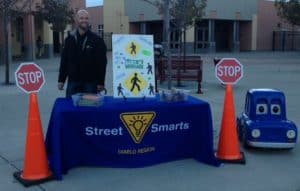 October 21
October 21
Brentwood: Marsh Creek Elementary, Pioneer Elementary
Oakley: Almond Grove Elementary, Gehringer Elementary, Laurel Elementary
For more information, visit the Walk to School Day website.
Play CCTA's Online Game: Spend Virtual Money, Give Real Feedback (2015 Promotion)
 The Contra Costa Transportation Authority (CCTA) is gathering public input to help prioritize what projects and programs should be included in their long-term roadmap for future investments – the Transportation Expenditure Plan (TEP). Giving your input is both easy and fun thanks to the CCTA’s online investment game.
The Contra Costa Transportation Authority (CCTA) is gathering public input to help prioritize what projects and programs should be included in their long-term roadmap for future investments – the Transportation Expenditure Plan (TEP). Giving your input is both easy and fun thanks to the CCTA’s online investment game.
The way the game works is simple: You start with ten ‘coins’ which you spend on the projects most important to you. Projects are grouped by category (e.g. BART, Biking, Highways) and to ‘invest’ in a project, you just drag one (or more) coins into the project’s ‘coin box’:
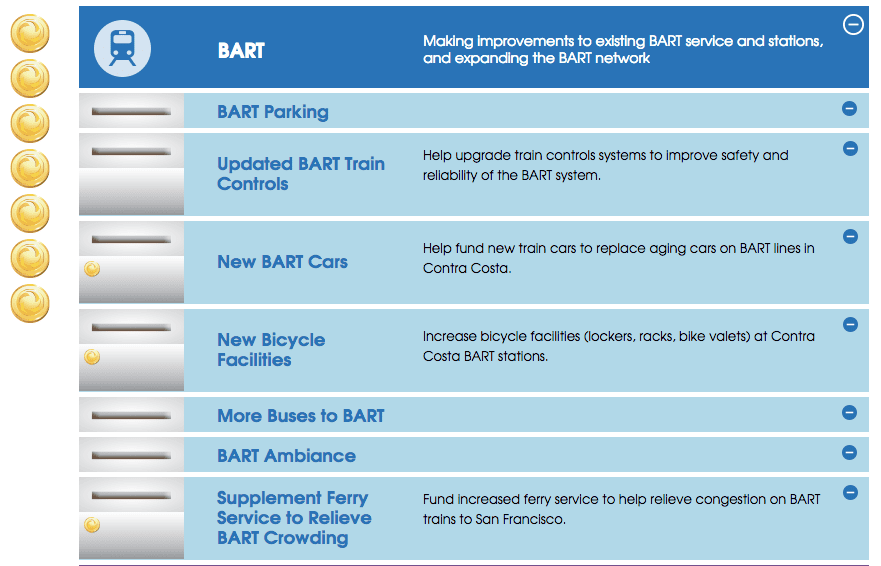
Once you’ve used up all your coins, you can review and submit your investment priorities, as well as share the tool with your friends. Here’s what a completed investment ‘portfolio’ might look like, including the major project categories:

If you’d like to play the game and give your feedback to CCTA, or just want to see which projects have gotten the most support so far, visit keepcontracostamoving.net.

Upcoming Service Changes: County Connection, AC Transit, Wheels, SolTrans (Aug. 2015)
County Connection, AC Transit, SolTrans & Wheels (LAVTA) have all announced upcoming service changes. Here’s what you need to know:
Agency: County Connection
Changes Take Effect: August 16
Full Details: http://www.countyconnection.com
Digest:
- Route 1M – New Service: Service to the Marchbanks neighborhood is being restored between WC BART, John Muir Medical Center and Marchbanks
- Route 3 – New Martinez Community Shuttle: New route will serve Amtrak, CC Regional Medical Center, Adult Education Serivces, Kaiser, Arnold Dr, and the Senior Center
- Route 19: Alignment changes to serve Sun Valley Mall and Diamond Blvd
- Route 310: Two AM and two PM trips added between Concord BART and Clayton/Kirker
- Route 314: Trip added leaving DVC at 6:10pm
- 600 Series: Changes to the 611, 613, 616, and 619 school day service
 Agency: AC Transit
Agency: AC Transit
Changes Take Effect: August 23
Full Details: http://www.actransit.org
Digest:
- Line 800 will operate more frequently on Friday night/Saturday morning and Saturday night/Sunday morning, with service every 20 minutes from 12:30am–6:30am On Sunday mornings, buses will operate every 30 minutes from 6:30am–7:30am
- Line 76: Two new trips added heading toward El Cerrito del Norte BART on weekdays, leaving Hilltop Mall at 7:13am and 2:24pm
- Minor schedule changes to Line 72R and G
 Agency: Wheels (LAVTA)
Agency: Wheels (LAVTA)
Changes Take Effect: August 22
Full Details: http://www.wheelsbus.com
Digest:
- Route 70X has been modified to bypass Walnut Creek in the non-commute direction, operating directly from Dublin to Pleasant Hill in the AM and directly from Pleasant Hill to Dublin in the PM
- Route 12/12X: Certain trips of the 12X and trips that begin at the Airway Park-n-Ride have been re-arranged within the schedule
- Route 54: The 5:36am trip is to be discontinued
- Route 503: The PM schedule has been re-arranged to accommodate Wells Middle School and Dublin High School with separate trips; the previously operated 5:30pm trip has been moved to 5:00pm in order to accommodate the after-school program at Dublin High School
- Route 501: A second, later departure has been added in the PM to accommodate the after-school program at Dublin High School
- Schedule changes to Route 3, 10, 12, 54, 70X, 501, 502, 503, 603, 607, 609, and 610
Agency: SolTrans
Changes Take Effect: August 15
Full Details: http://www.soltransride.com
Digest:
- Minor adjustments to printed schedules for Route 80 & 80s (1-2 minutes) to accurately reflect travel time
Senior Driving Skills – "Age Well Drive Smart" on August 7, 2015 (Walnut Creek)
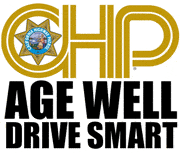 On August 7, CHP – Contra Costa invites you to take their free Age Well Drive Smart class in Walnut Creek. This two-hour interactive program is designed to help Contra Costa County’s senior drivers refresh their knowledge of the “rules of the road” and learn about age-related physical changes and how to adjust to them.
On August 7, CHP – Contra Costa invites you to take their free Age Well Drive Smart class in Walnut Creek. This two-hour interactive program is designed to help Contra Costa County’s senior drivers refresh their knowledge of the “rules of the road” and learn about age-related physical changes and how to adjust to them.Included in the discussion will be the importance of preserving the ability to drive, factors to consider in extending our driving years, and health issues which might require us to limit or stop driving.
The event happens at John Muir Health Outpatient Center (1220 Rossmoor Parkway) in Walnut Creek on August 7th, from 9:30am to 11:30am.
To register, visit the Eventbrite page.
Contra Costa CHP – National Night Out Celebration: August 4, 2015 (Martinez)

The California Highway Patrol – Contra Costa invites you to celebrate National Night Out with them on Tuesday, August 4 from 3-6pm!

National Night Out is an annual community-building campaign promoting police-community partnerships and neighborhood camaraderie to make our communities safer.
On August 4, CHP – Contra Costa will be hosting a National Night Out gathering at their Martinez headquarters, featuring:
- Free child safety seat inspections/installations
- Free bicycle helmet giveaways
- Additional free gifts for the kids, and
- A police utility vehicle on display for the children to check out
Everyone is invited! The celebration will be held on August 4 from 3-6pm at 5001 Blum Road in Martinez. For more information, visit CHP-ContraCosta.Eventbrite.com.
SolTrans 31-Day Pass 2-for-1 Offer 2015 (Routes 78, 80 & 80s)
Do you commute to work by riding SolTrans Route 78, 80 or 80s? If so, you might qualify for their current ‘Buy One Get One’ offer.
Through June 30, 2016, qualified individuals can get two 31-Day Passes for the price of one! Eligibility requirements include living or working in Contra Costa, commuting to work by SolTrans and being willing to take a short survey.
To see if you qualify, click the image to the left to read the promotion details. Eligible individuals can apply at SolTransRide.com.
The 2015 Summer Youth Pass Is Back – 3 Months of Unlimited Rides
The Summer Youth Pass is back for 2015! Youths 17 and under can get 3 months of unlimited rides on Tri Delta Transit and WestCAT fixed-route buses for just $50.
![]() WestCAT, Tri Delta Transit and 511 Contra Costa have teamed up to offer this year’s Summer Youth Pass. Passes are available to anyone 17 years of age and under for just $50 each.
WestCAT, Tri Delta Transit and 511 Contra Costa have teamed up to offer this year’s Summer Youth Pass. Passes are available to anyone 17 years of age and under for just $50 each.
 The pass is in the form of a waterproof wristband and is good for 3 months of unlimited rides (June 1 through August 31) on all Tri Delta Transit fixed-route buses and all WestCAT fixed-route and express buses (including the 30Z Martinez Link)*.
The pass is in the form of a waterproof wristband and is good for 3 months of unlimited rides (June 1 through August 31) on all Tri Delta Transit fixed-route buses and all WestCAT fixed-route and express buses (including the 30Z Martinez Link)*.
Passes are currently on sale and can be purchased any one of three ways:
In Person: Pick up a Summer Youth Pass at the Tri Delta Transit administrative office (801 Wilbur Ave, Antioch) or at WestCAT (601 Walter Ave, Pinole) during business hours
Online: Click here to order the Summer Youth Pass via the Tri Delta Transit website
Mail/Fax/Phone: You can fax or mail in a completed order form to Tri Delta Transit (download here), or place your order by phone (credit card orders only) by calling 925-754-6622

For more information about the promotion or either transit agency, please visit WestCAT.org or TriDeltaTransit.com, or call WestCAT at (510) 724-3331 or Tri Delta Transit at (925) 754-4040.
*Summer youth passes not valid on Dial-a-Ride or WestCAT LYNX Transbay service. Summer Youth Passes are non-refundable, non-redeemable, and non-transferable.
Bike to Work Day 2015 in Contra Costa – Wrap-up & Photos
 On Thursday, May 14, over 100,000 people across the Bay Area commuted by bike in celebration of Bike to Work Day! The Bay’s 400-plus energizer stations saw more than 51,000 riders stop in or ride by on their way to work. In Contra Costa, morning energizer station hosts counted over 3,585 cyclists!
On Thursday, May 14, over 100,000 people across the Bay Area commuted by bike in celebration of Bike to Work Day! The Bay’s 400-plus energizer stations saw more than 51,000 riders stop in or ride by on their way to work. In Contra Costa, morning energizer station hosts counted over 3,585 cyclists!
Even with the threat of rain, thousands of people still grabbed their bikes for the commute to work – some for the very first time! 511 Contra Costa wants to thank all the participants for making this another successful Bike to Work Day and for helping reduce CO2 emissions!
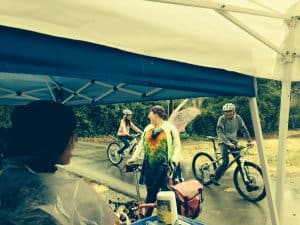 We’d especially like to thank the hosts and all the volunteers who helped coordinate and staff the energizer stations throughout Contra Costa. By providing encouragement, snacks, mechanical assistance, and even shelter from the rain, you helped make bike commuting a reality for so many!
We’d especially like to thank the hosts and all the volunteers who helped coordinate and staff the energizer stations throughout Contra Costa. By providing encouragement, snacks, mechanical assistance, and even shelter from the rain, you helped make bike commuting a reality for so many!
If you participated in Bike to Work Day and want to keep commuting by bike (or want to try bike commuting for the first time), we’ve got resources that can help make it fun and easy. Visit our biking page for a guide on how to become a bike commuter, to sign up for a BikeLink (bike locker) card, to learn about taking bikes on transit, and to find out how you can get a cash reward for making the switch to commuting by bike!
 We collected all our Bike to Work Day photos in the galleries below. If you volunteered at a Contra Costa County energizer station or stopped by one on your commute, check below and you might just see yourself! (Click any photo to see a larger version.)
We collected all our Bike to Work Day photos in the galleries below. If you volunteered at a Contra Costa County energizer station or stopped by one on your commute, check below and you might just see yourself! (Click any photo to see a larger version.)
Bike to Work Day 2015 was a huge success and we’re thrilled about how many people got involved. Whether you participated this year or not, we hope to see you on your bike next year… if not sooner!
ENERGIZER STATIONS
Alamo: Iron Horse Trail at Stone Valley Rd West – Hosted by RPM Mortgage
Photo courtesy Michele O.
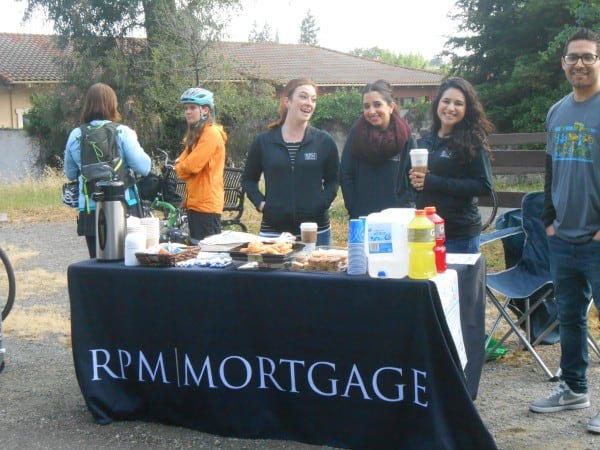 |
Antioch: Kaiser Permanente Antioch Medical Center – Hosted by Kaiser Permanente Antioch Medical Center
 |
 |
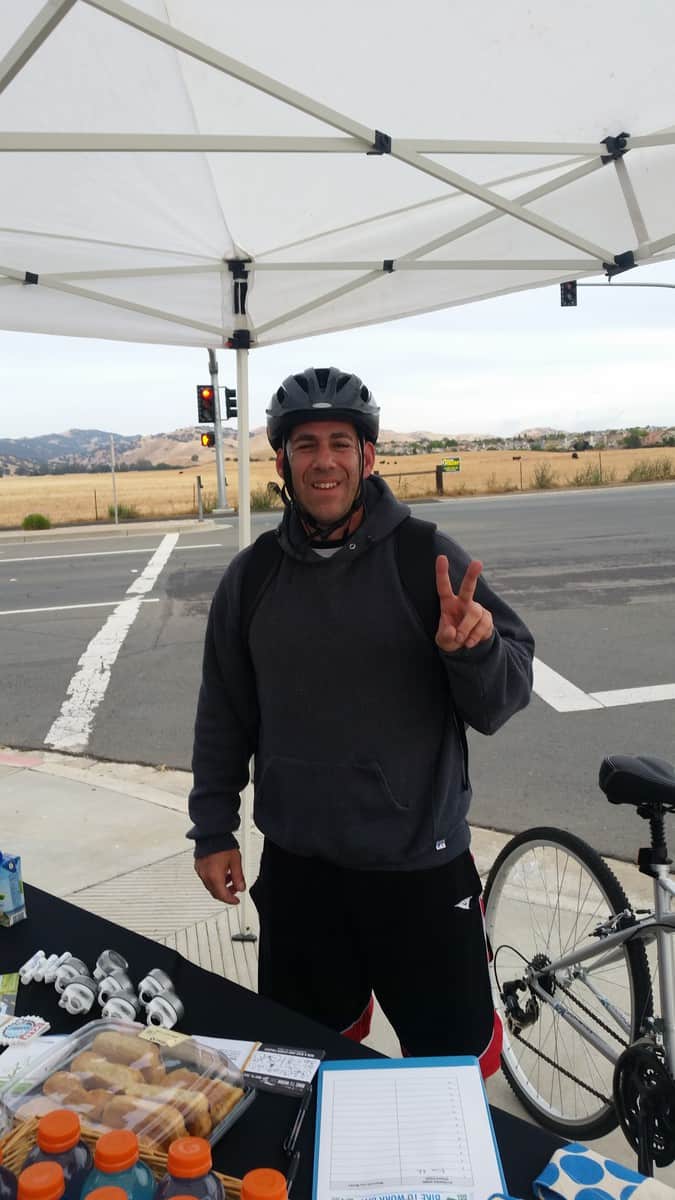 |
 |
Antioch: Delta de Anza Trail at Lone Tree Way – Hosted by the City of Antioch & Sutter Delta Medical Center
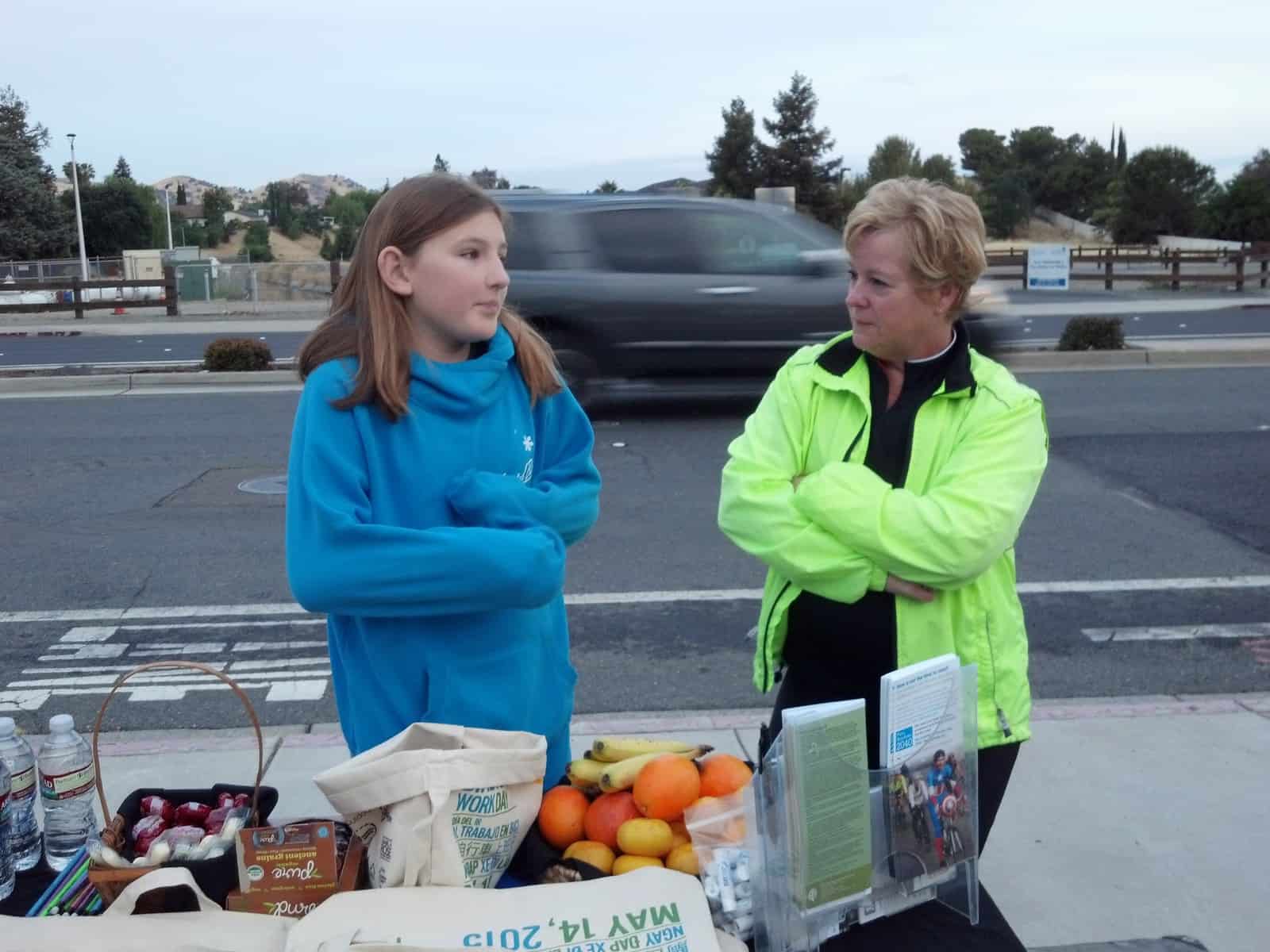 |
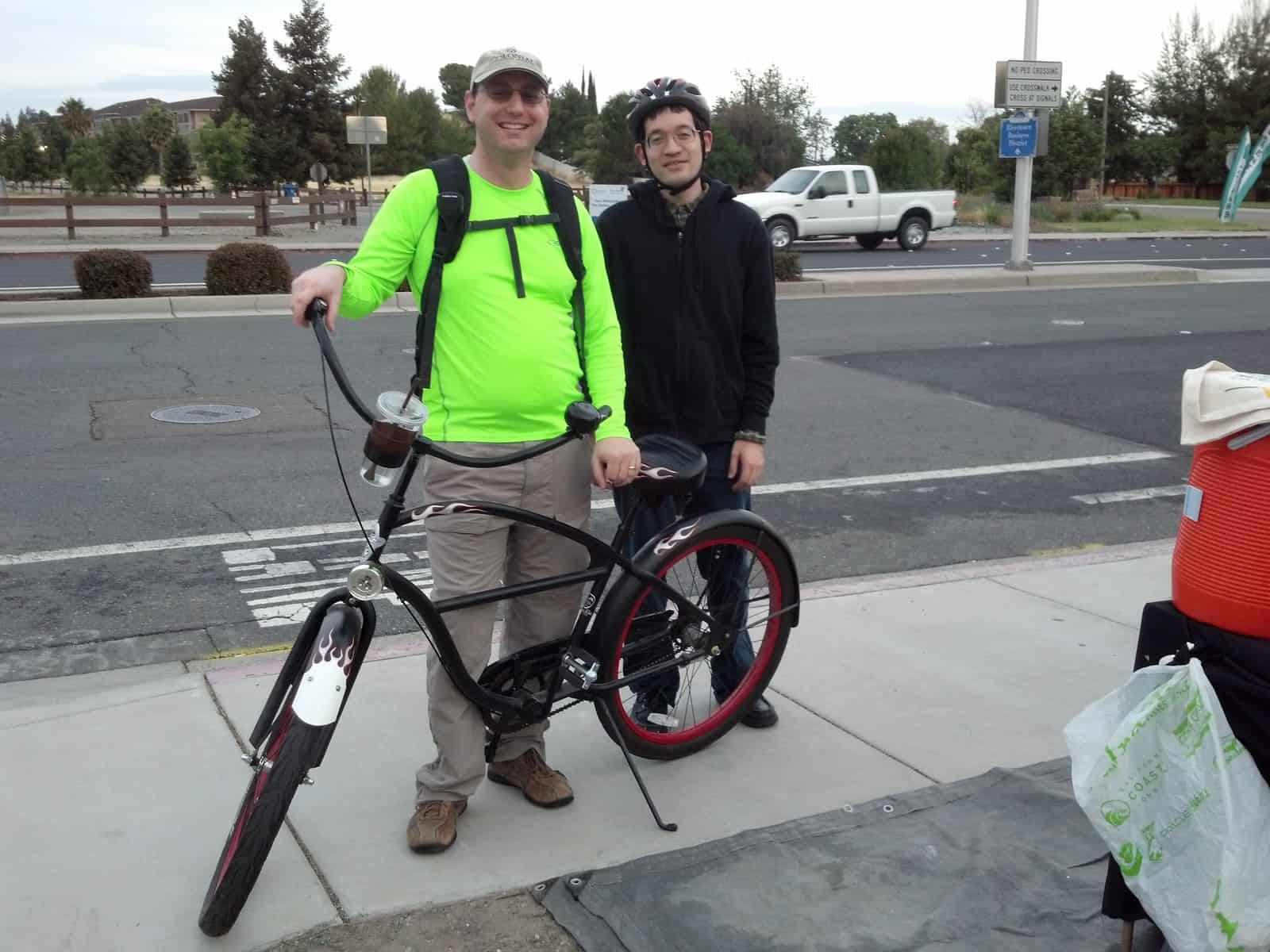 |
 |
Brentwood: Marsh Creek Trail at Central Blvd – Hosted by East Bay Regional Parks District
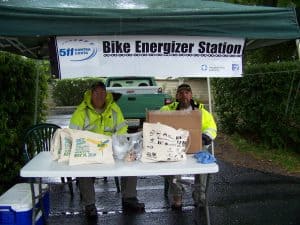 |
Brentwood: Ron Nunn Elementary School – Hosted by Ron Nunn Elementary School
 |
 |
Brentwood: City Park – Delta Pedalers Bicycle Club
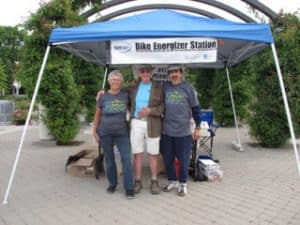 |
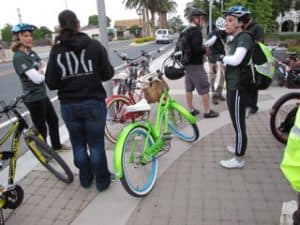 |
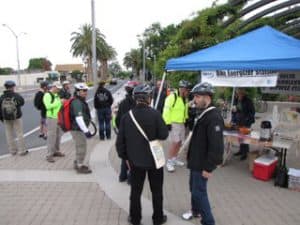 |
 |
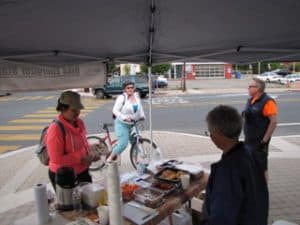 |
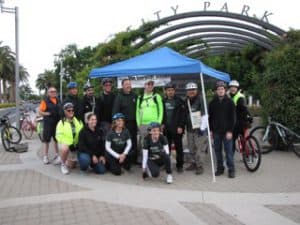 |
Concord: Cambridge Elementary School – Hosted by Monument Impact
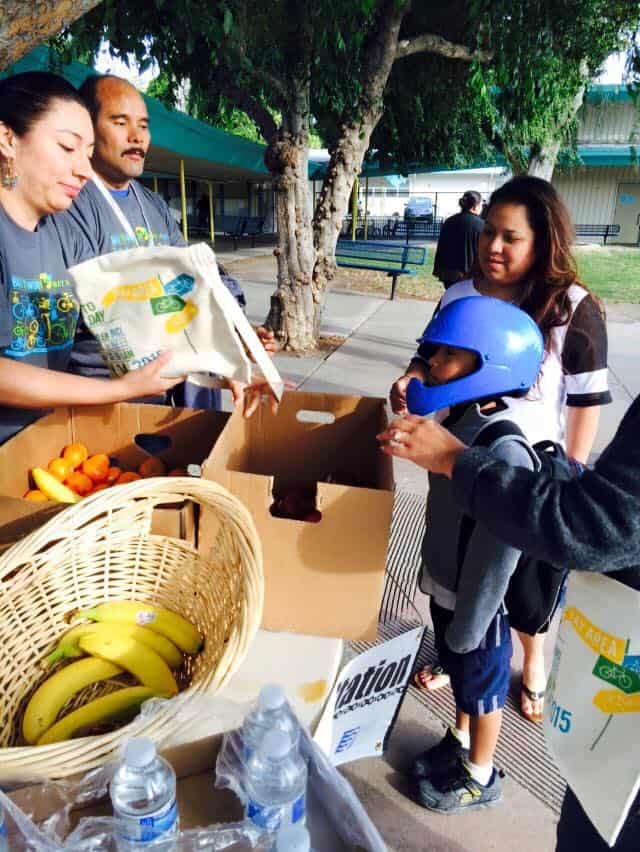 |
 |
 |
Concord: Concord BART Station – Hosted by Bank of America & County Connection
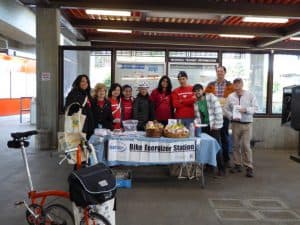 |
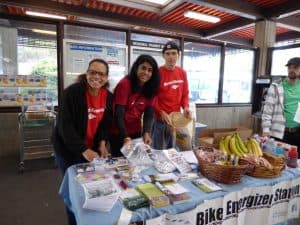 |
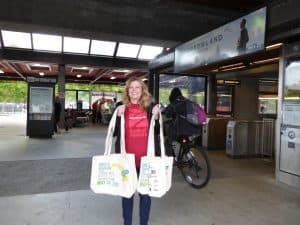 |
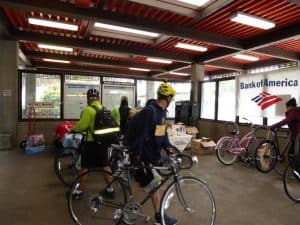 |
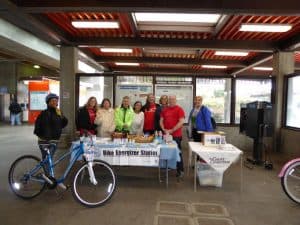 |
Danville: Iron Horse Trail at Sycamore Valley Rd – Hosted by The Studio
Photo courtesy Michele O.
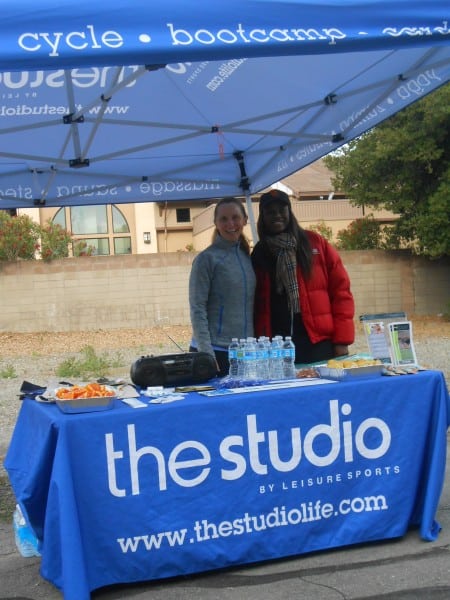 |
Danville: Iron Horse Trail behind Lunardi’s/Danville Train Depot – Hosted by Street Smarts San Ramon & the Town of Danville
Photo courtesy Michele O.
 |
San Ramon: Iron Horse Trail at Bollinger Canyon Rd – Hosted by Sunset Development Company, City of San Ramon & Whole Foods Market
Photos courtesy Michele O.
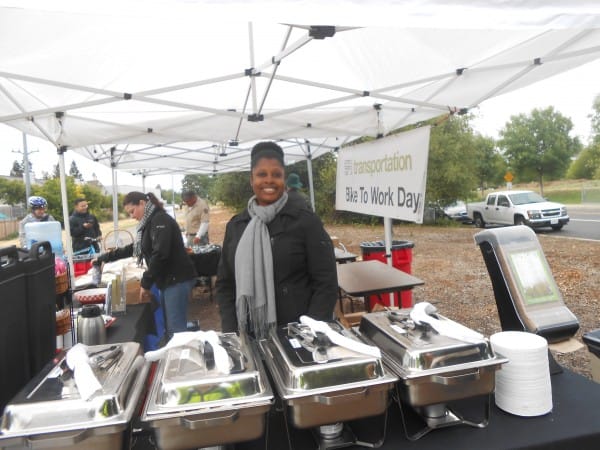 |
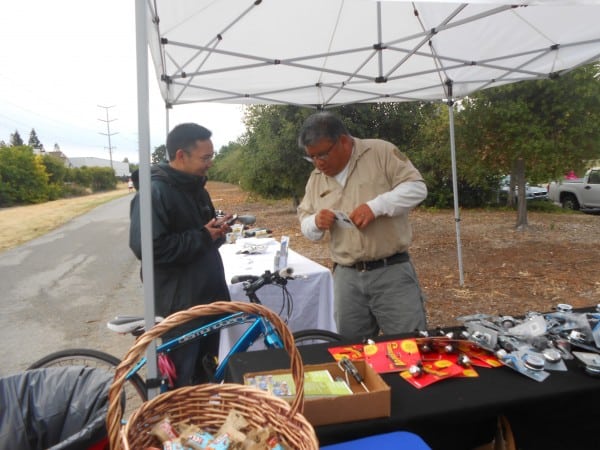 |
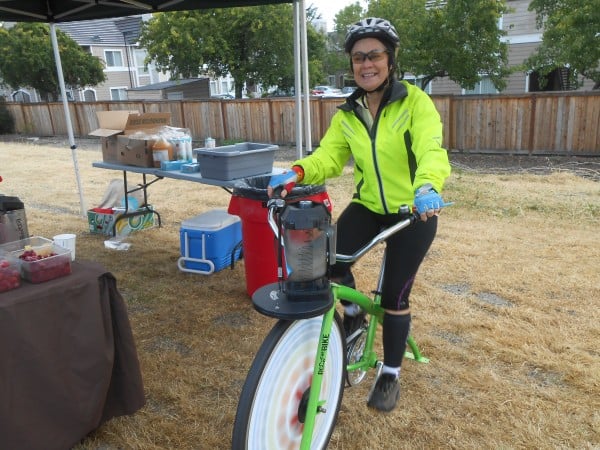 |
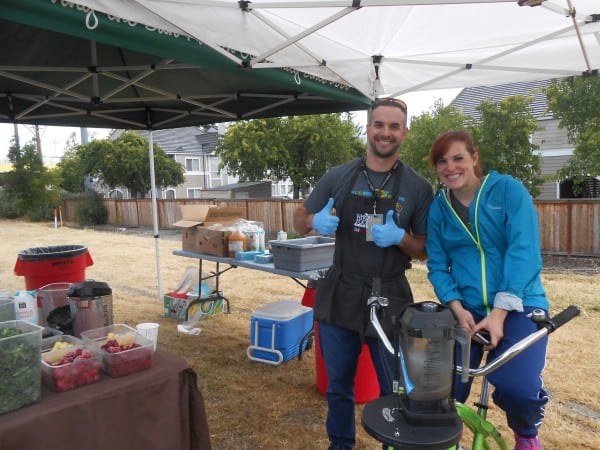 |
Walnut Creek: Iron Horse Trail between Broadway & Newell Ave – Hosted by Whole Foods Market
Photo courtesy Michele O.
 |
Walnut Creek: Iron Horse & Contra Costa Canal Trail intersection – Hosted by CCTA, 511 Contra Costa & East Bay Regional Park District
 |
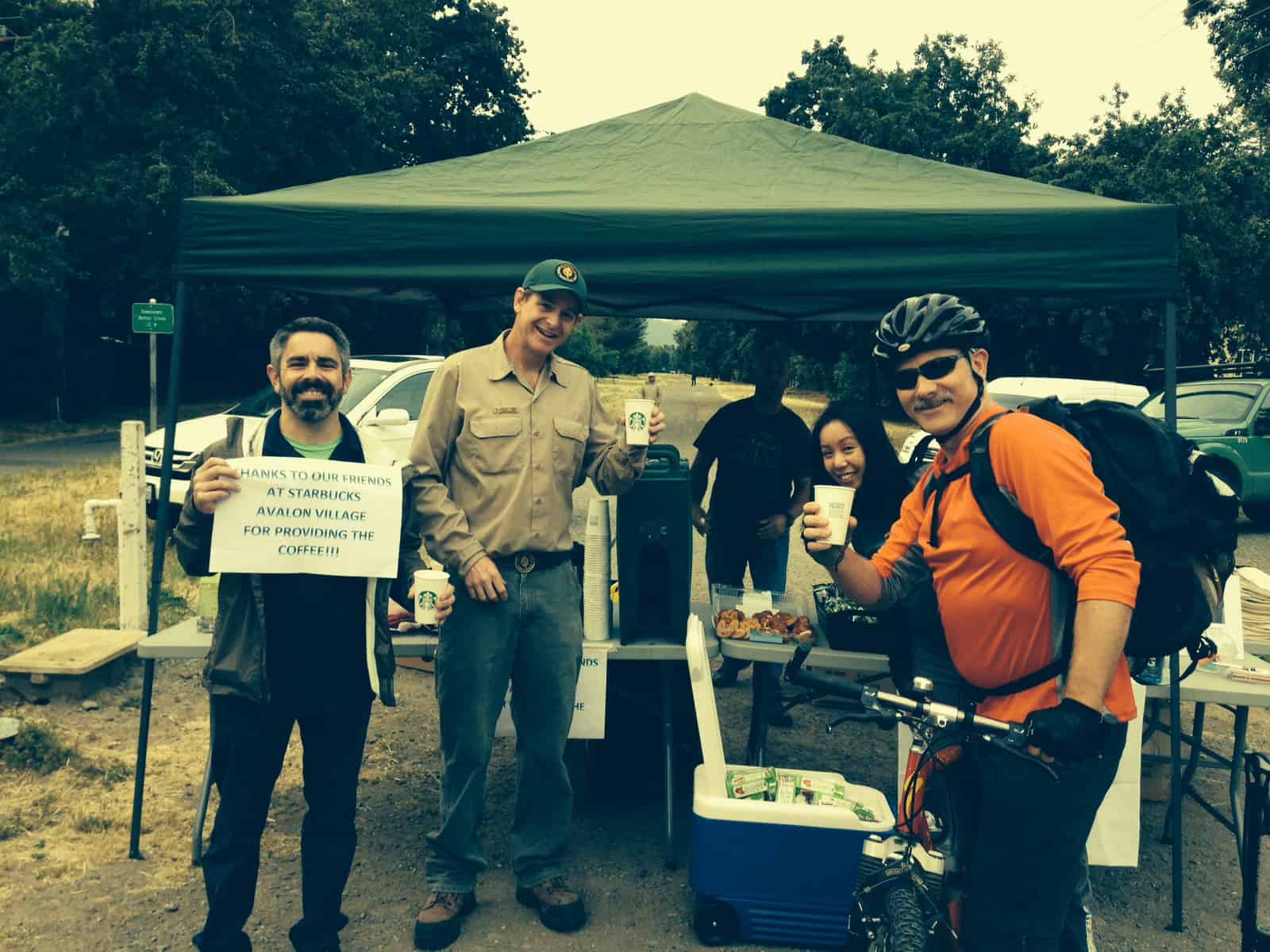 |
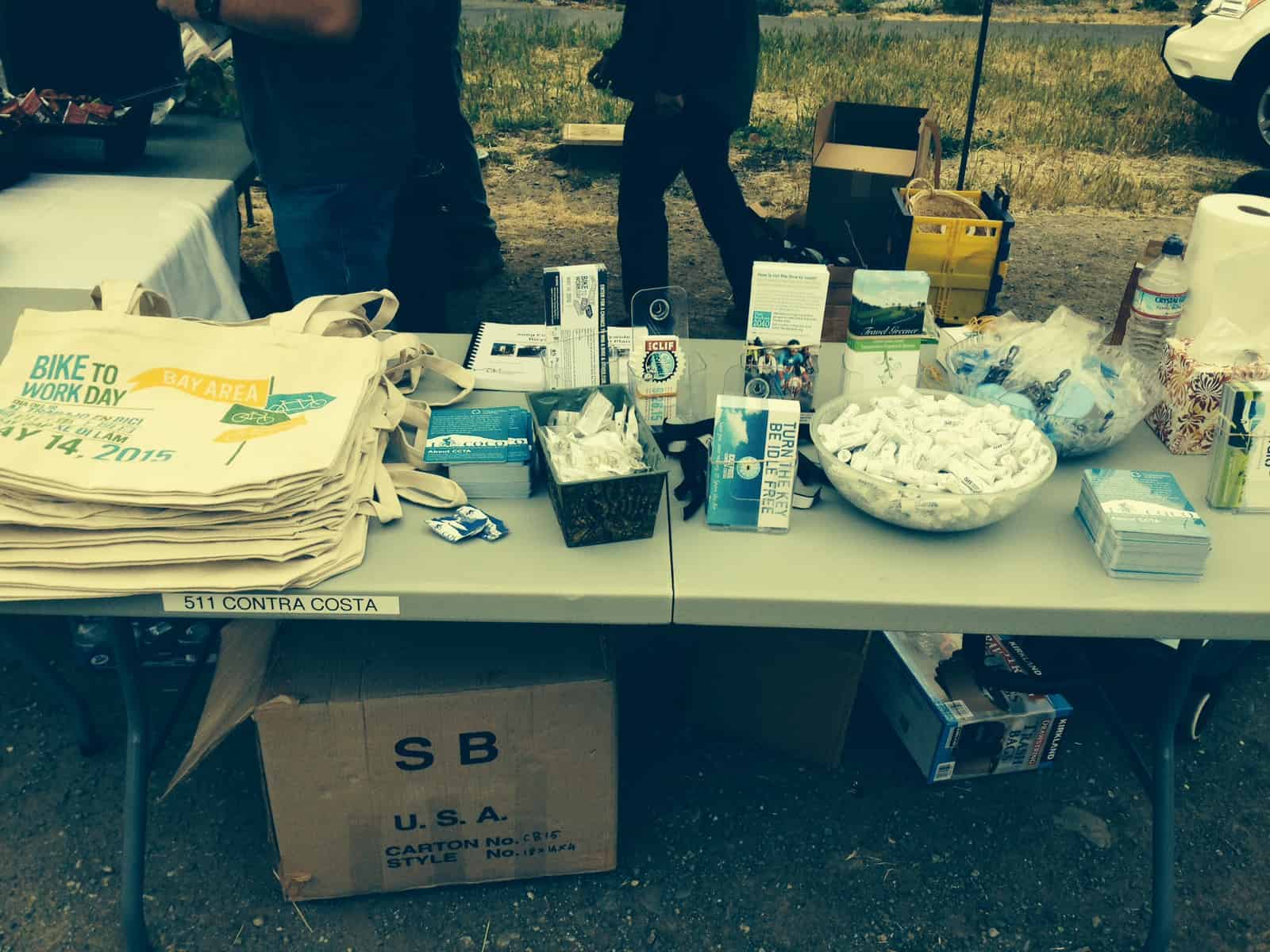 |
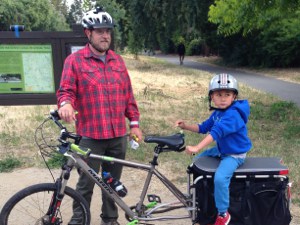 |
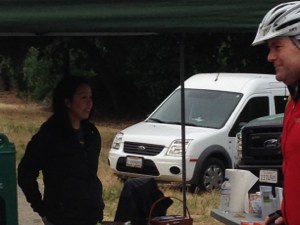 |
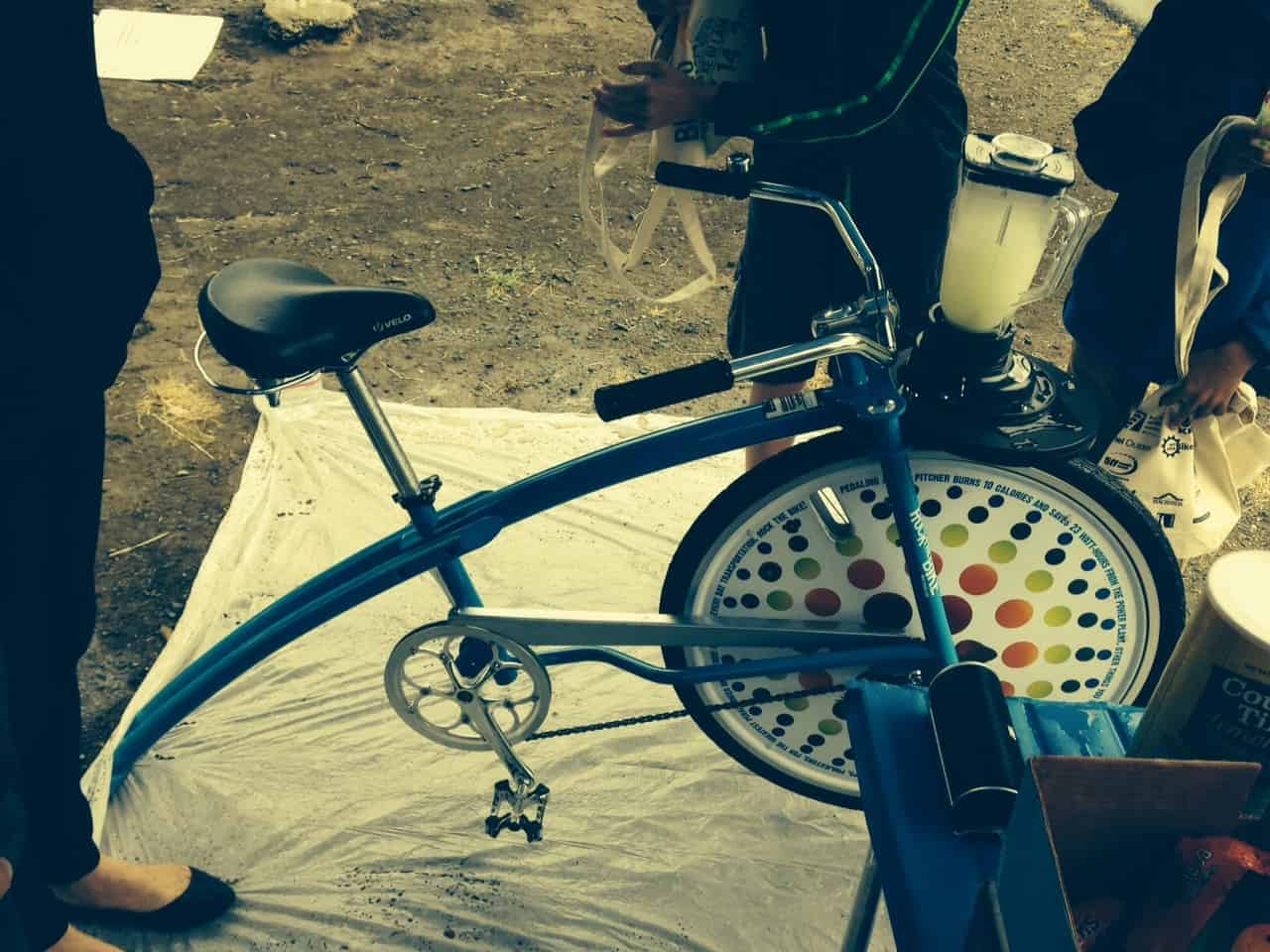 |
 |
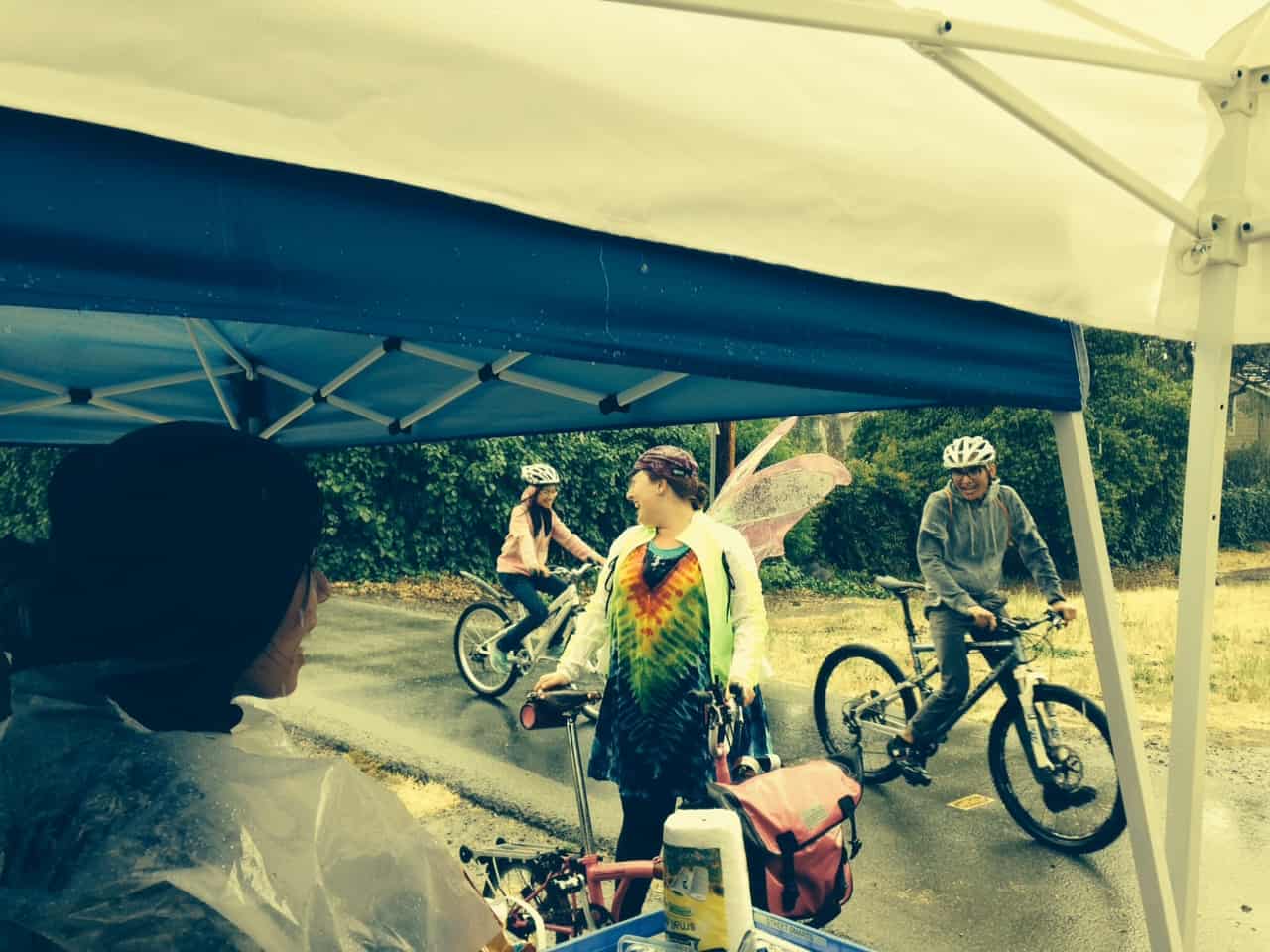 |
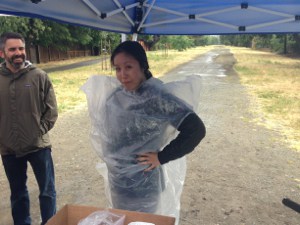 |
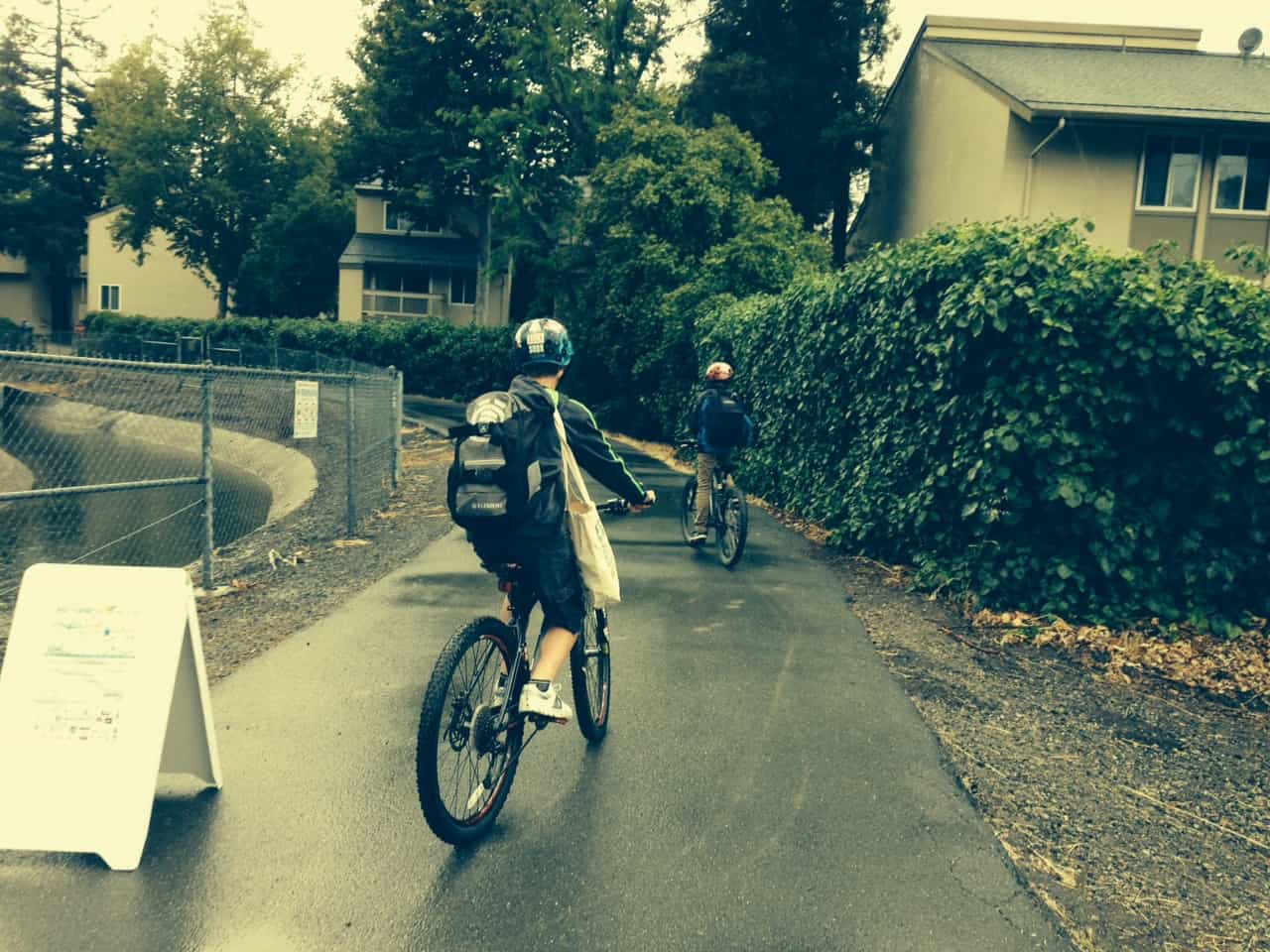 |
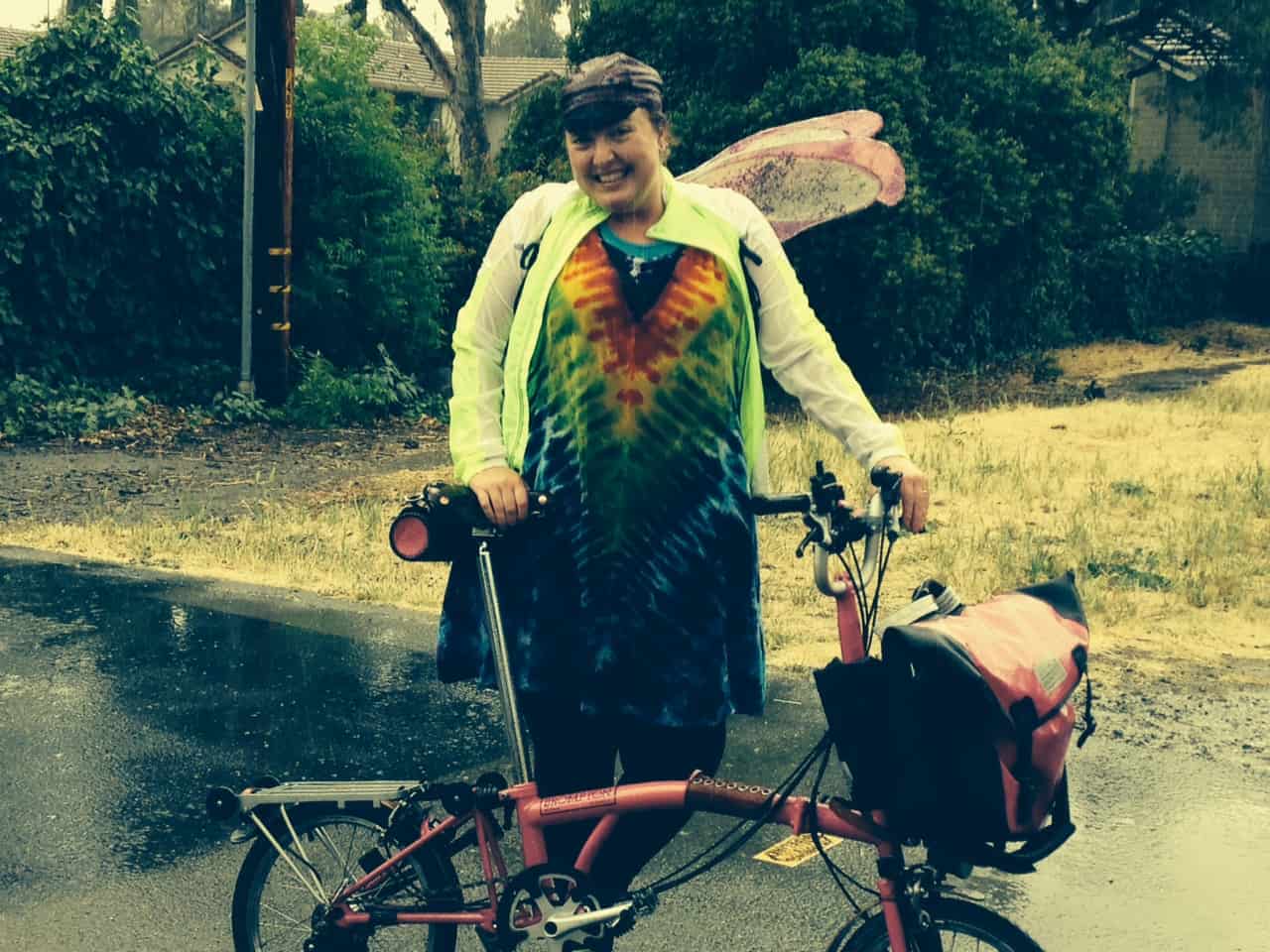 |
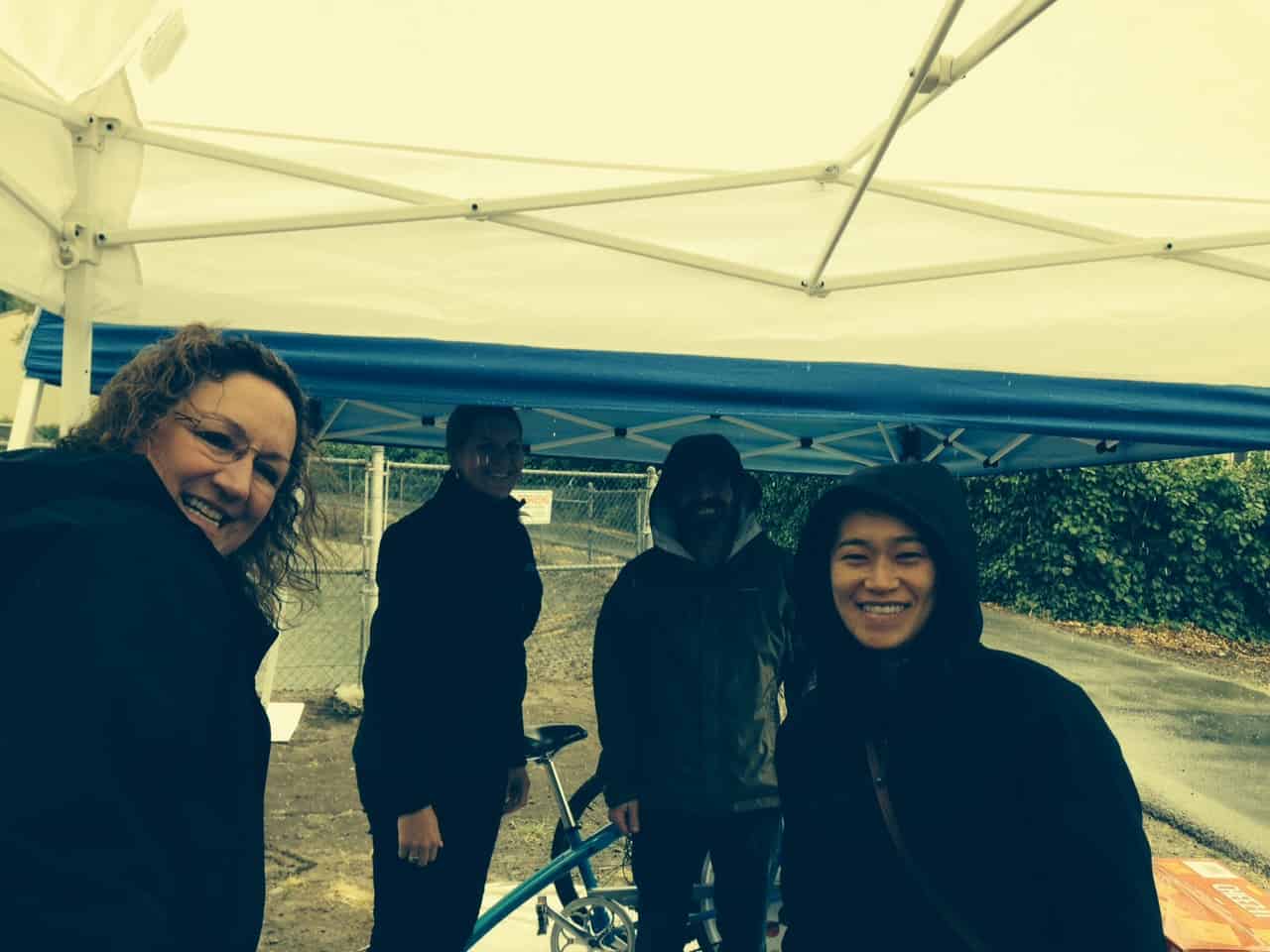 |
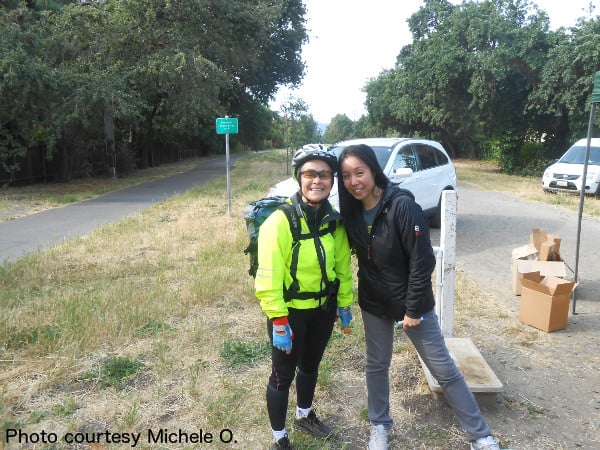 |
Walnut Creek: Ygnacio & Contra Costa Canal Trail Intersection – Hosted by Encina Bicycle Center
Photo courtesy Michele O.
 |
Walnut Creek: Ygnacio Canal Trail & Wiget Ln – Hosted by Renaissance ClubSport
 |
 |
 |
You're Invited: Plan Bay Area 2040 Open House – Wednesday, April 29, 2015
Give feedback to help shape the future of Contra Costa County and the Bay Area at an MTC Plan Bay Area Open House – Wednesday, April 29!

Plan Bay Area is a roadmap to help Bay Area cities and counties adapt to the challenges of future population growth. Attendees will have the opportunity to view displays and offer comments on long-term goals to reduce greenhouse gas emissions from cars and light-duty trucks, house the region’s projected population, improve public health, maintain the region’s transportation infrastructure and preserve open space. Developing Plan Bay Area 2040 is a collaborative process, so community input is vital in shaping the finished plan.
There will be one Open House held in each of the Bay Area’s nine counties. People are welcome to attend the session(s) of their choosing. There are two Open Houses this week:
| Contra Costa County | Alameda County | |
| Wednesday, April 29 | Wednesday, April 29 | |
| 7pm-9pm | 7pm-9pm | |
| Marriott | Alameda County Fairgrounds – Palm Pavillion | |
| 2355 North Main Street | 4501 Pleasanton Avenue | |
| Walnut Creek | Pleasanton* |
*Wheels will be running extended bus service on Route 53 to accommodate those attending the Plan Bay Area Open House in Pleasanton.
For more details, visit the Plan Bay Area Open House webpage, contact info@planbayarea.org or call (510) 817-5757. For transit route information, visit 511.org.
Walnut Creek Intermediate School: Bike & Roll to School – April 28, 2015

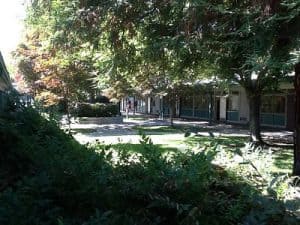 Walnut Creek Intermediate School parents & students, it’s time to get ready to Bike and Roll to School!
Walnut Creek Intermediate School parents & students, it’s time to get ready to Bike and Roll to School!
As a lead-up to National Bike to School Day on May 6, Street Smarts Diablo is teaming up with Contra Costa middle schools for a series of individual Bike & Roll to School events. On April 28, Walnut Creek Intermediate School students will be accepting the challenge to get to school on wheels by riding their bikes, skateboards and scooters!
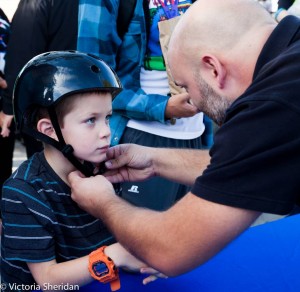 To celebrate the challenge, Street Smarts Diablo will have some free helmets on hand to provide to Walnut Creek Intermediate School students who arrive to school with wheels and need a properly fitting helmet. Parents are welcome to bring students’ bikes to school by car, so that any child starting the day without a helmet can get to school and roll home safely.
To celebrate the challenge, Street Smarts Diablo will have some free helmets on hand to provide to Walnut Creek Intermediate School students who arrive to school with wheels and need a properly fitting helmet. Parents are welcome to bring students’ bikes to school by car, so that any child starting the day without a helmet can get to school and roll home safely.
Motorists are reminded to drive with extra care and be especially aware of school zone speed limits and children walking and biking to and from school on Tuesday, April 28, particularly around the vicinity of Walnut Creek Intermediate School (Ygnacio Valley Rd, N Civic Dr, Walnut Blvd, Homestead Ave and surrounding streets).
Street Smarts Diablo Bike & Roll to School Events: March 31 – May 6, 2015
National Bike to School Day  is Wednesday, May 6. As a lead-up to the big day, Street Smarts Diablo is teaming up with select middle schools in Contra Costa for a series of individual Bike & Roll to School events. Middle school students will be accepting the challenge to get to school on wheels by riding their bikes, skateboards and scooters!
is Wednesday, May 6. As a lead-up to the big day, Street Smarts Diablo is teaming up with select middle schools in Contra Costa for a series of individual Bike & Roll to School events. Middle school students will be accepting the challenge to get to school on wheels by riding their bikes, skateboards and scooters!
Drivers are advised to exercise extreme caution from late March through early May as bicycling and walking events will mean an increase in school-aged children walking & bicycling to and from school.
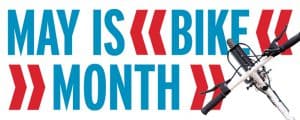 National Bike to School Day is a one-day event occurring in May that encourages and celebrates biking to school. Bike to School Day events can include bicycle safety education, parent-led bike trains, and other bicycle-related education and encouragement activities. Street Smarts Diablo’s Bike & Roll events build off of the energy of National Bike Month, encouraging student health and fitness, biking safety, and concern for the environment while decreasing traffic congestion around campus.
National Bike to School Day is a one-day event occurring in May that encourages and celebrates biking to school. Bike to School Day events can include bicycle safety education, parent-led bike trains, and other bicycle-related education and encouragement activities. Street Smarts Diablo’s Bike & Roll events build off of the energy of National Bike Month, encouraging student health and fitness, biking safety, and concern for the environment while decreasing traffic congestion around campus.
 As part of the Bike & Roll to School celebrations, Street Smarts Diablo will have some free helmets on hand to provide to students who arrive to school with wheels and need a properly fitting helmet. Parents are welcome to bring students’ bikes to school by car, so that any child starting the day without a helmet can get to school and roll home safely.
As part of the Bike & Roll to School celebrations, Street Smarts Diablo will have some free helmets on hand to provide to students who arrive to school with wheels and need a properly fitting helmet. Parents are welcome to bring students’ bikes to school by car, so that any child starting the day without a helmet can get to school and roll home safely.
If your child is planning on biking school, these two guides from the National Center for Safe Routes to School will help get both of you ready:
- [For Parents] Helping Your Child Be a Safe Bicyclist
- [For Kids] Ride Your Bike Safely
Schools participating in the 2015 Bike & Roll Challenge – click any event for more information:
 Foothill Middle School, Walnut Creek – Tuesday, March 31
Foothill Middle School, Walnut Creek – Tuesday, March 31
Pine Hollow Middle School, Concord – Thursday, April 2
Martin Luther King Jr. Junior High, Pittsburg – Wednesday, April 15
Antioch Middle School, Antioch – Thursday, April 23
Walnut Creek Intermediate School, Walnut Creek – Tuesday, April 28
Rancho Medanos Jr. High, Pittsburg – Wed., Apr. 29
For more information on Bike & Roll to School events, contact Street Smarts Diablo at 925-969-1083.
The Future of SB 375 Implementation and Regional Planning (2015)

Julie Pierce is a council member for the City of Clayton, chair of the Contra Costa Transportation Authority and president of the Association of Bay Area Governments; she also serves on the Metropolitan Transportation Commission and sits on the Board of TRANSPAC — the Regional Transportation Planning Committee for Central Contra Costa. In addition, Pierce is president of the California Association of Councils of Governments (CALCOG) — the state association for councils of governments, regional transportation planning agencies, transportation authorities and congestion management agencies. CALCOG’s board also includes representatives from the League and California State Association of Counties. For more information, visit www.calcog.org or follow CALCOG on Twitter (@The_CALCOG). This article is courtesy of the Western City Magazine.
I am a city council member, but I am also a regionalist. These are not mutually exclusive titles — each needs the other. Regional governments are built with and depend on the expertise of local officials. Because local government is the level of government closest to the people, we hear firsthand when potholes go unfilled or the garbage is not picked up.
But our residents live in regions. It’s not unusual for someone to make their home in one city but work in a second city, shop in a third and go to a fourth for recreation. Our residents expect their local governments to work together regionally.
Enter SB 375 (Steinberg, Chapter 728, Statutes of 2008), a law that requires a Regional Transportation Plan (RTP) to go beyond existing requirements and meet greenhouse gas emissions reduction targets. Implementing this policy at the regional level made sense to the Legislature because travel patterns could not be addressed on a city-by-city approach; it requires regional cooperation.
SB 375 also recognizes local authority and leverages the symbiotic relationship between local and regional planning. Local plans provide the baseline for all regional plans and investment decisions. Yet at some point, a transportation investment crosses local boundaries: A new bus line is funded, a road is built or a bike lane is created, and the land-use market responds. New homes are built, businesses spring up, and transit and freight routes are altered. Land-use investment drives transportation systems. And transportation investment drives land-use markets.
By the end of April 2015, all 18 metropolitan planning organizations in California will have adopted their first RTPs under SB 375. The San Diego Association of Governments (SANDAG), which was the first to adopt in 2011, will be adopting its second regional transportation plan in summer 2015. So it’s appropriate now to take stock of what SB 375 has — and has not — accomplished.
 Changing the Conversation. Historians may ultimately conclude that SB 375 was more about conversation change than climate change. SB 375’s real power derives from spotlighting the RTP. In the past, these plans were barely understood by many local officials, much less by the public they represented. But SB 375 brought in stakeholders in a wonderful way. Suddenly, people (such as residents, local business owners, public health advocates, social justice groups and other stakeholders) could talk about the future of the transportation system, spotlighted by the RTP, in the same way they could engage in their local planning processes. This type of transparency and public engagement, which often involves passionate and sometimes conflicting input, can be an intense and challenging process, but it is the cornerstone of democracy and can only be good for our future.
Changing the Conversation. Historians may ultimately conclude that SB 375 was more about conversation change than climate change. SB 375’s real power derives from spotlighting the RTP. In the past, these plans were barely understood by many local officials, much less by the public they represented. But SB 375 brought in stakeholders in a wonderful way. Suddenly, people (such as residents, local business owners, public health advocates, social justice groups and other stakeholders) could talk about the future of the transportation system, spotlighted by the RTP, in the same way they could engage in their local planning processes. This type of transparency and public engagement, which often involves passionate and sometimes conflicting input, can be an intense and challenging process, but it is the cornerstone of democracy and can only be good for our future.
Performance and Trajectory Are Key Measures. SB 375 added a performance metric — greenhouse gas reduction — to transportation funding, but did not say how to achieve that goal. Local and regional governments retain full discretion on how to achieve the goal. (The California Air Resources Board sets reduction targets for each region.) As a result, the appropriate way to review a particular plan is not by determining whether it includes a specific policy or practice but whether the trend line of greenhouse gas reduction and other key indicators for each unique region is improving at an appropriate pace with regard to the target.
Considerations of Fairness and Equity. Part of the conversation change created by SB 375 has been the increased participation of equity groups, such as advocates for disadvantaged communities and social justice. This is an area where we all can still do more. Because transportation and transit are critical elements to household economic independence, it is important to consider all voices in our transportation system. This means including modes and destinations that differ from those used in traditional transportation planning.
Litigation and the California Environmental Quality Act (CEQA). The California Supreme Court is considering whether to review the court of appeal’s decision in the first CEQA case brought against an RTP that includes a greenhouse reduction goal. That case was filed against the San Diego Association of Governments. Another environmental lawsuit has been filed against Merced County Association of Governments, and the Metropolitan Transportation Commission in the San Francisco Bay Area has been the target of four lawsuits from environmentalists and conservative property groups.
Although CEQA lawsuits are not unusual, it is a little unsettling that this costly litigation involves elements of the RTP that may or may not occur. An RTP covers 20 to 35 years. But unlike a General Plan, federal law requires that the RTP be updated every four or five years. As a result, some of the litigation involves assumptions that are made about what may or may not happen in 20 years if all the revenue, population, economic and development assumptions hold true. Think about the events of the past five years that nobody would have predicted 20 years ago, and you get the idea. It’s worth considering whether the value of defending such assumptions under the fair argument standard is a prudent use of funds when each metropolitan planning organization is required to update its plan and conduct a subsequent full environmental impact report every four years.
Funding, Funding, Funding. SB 375 is a good planning law, but it remains an unfunded regional mandate from the state. The costs of increased planning, modeling, public outreach and more environmental analysis have been only partially covered with one-time funds. Regions cobble together funds from a variety of sources — including in some instances dues from member cities and counties — and it’s unclear where the long-term planning funds will come from.
But more importantly, funding for infrastructure is critical if California is going to meet its economic, housing and climate goals. Our infrastructure is crumbling. Our transportation funding has been stagnant. It’s hard to build a new low-carbon system when so much of our current funding must be invested in maintaining what we have.
Our collective challenge as a state is to develop new sources of funding that can rebuild and restore our transportation system. CALCOG supported SB 1077 (DeSaulnier, Chapter 835, Statutes of 2014) to study the viability of a road usage charge in lieu of a gas tax, because this is the type of transformative structure that is needed. I have not, until now, mentioned cap and trade. That is because cap and trade is unlikely to produce enough revenues to facilitate transformative change in neighborhoods statewide. It’s a tool in the toolbox, but not a panacea.
Bottom-Up Regionalism. Finally, let me put my city hat back on. The regional process works only if city and county governments are fully engaged. Ultimately, a regional transportation project does not proceed unless the local governments want it. Many regional entities consider themselves “wholly owned subsidiaries” of their member local governments. Often, regional transportation agencies can provide good regionwide travel data that all member agencies can access and rely on. The agencies also provide an excellent forum for facilitation. But they do not work unless the local officials from the region are willing to collaborate — and work from the ground up. Together we are charged, by our residents and now SB 375, to plan the future of our region for our children and grandchildren’s families. To get that right, we must work together.
CONCLUSION
The future economic prosperity of our regions will be shaped by these regional strategies that expand transportation and housing options while protecting agricultural resources, open space and natural habitats. The plans start by funding long-overdue repairs to infrastructure and then look to the future by:
- Investing in transit that connects workers to jobs
- Providing incentives for businesses to locate in our cities
- Offering strategies for making homes more affordable, and
- Helping our communities plan to meet the needs of our younger generations just starting out and of baby boomers as they enter retirement
The regional visions come into focus in our downtowns, main streets and neighborhoods where investments and policies are tailored to the character of our unique communities. The decisions we make today will drive the economic prosperity of our regions tomorrow. It’s a process that requires all of us to be engaged as we shape the future of our cities, regions and state.
ABOUT SB 735
- California comprises 18 metropolitan planning organizations (MPOs); four are multicounty organizations, and one (the Tahoe Regional Planning Agency) straddles the state line into Nevada.
- A metropolitan planning organization is created under federal transportation law to provide local input into planning and funding transportation projects.
- Federal law requires a metropolitan planning organization to develop a long-range (20-plus years) Regional Transportation Plan for investing transportation dollars and to program transportation funds in a way that is consistent with the long-range plan.
- A Regional Transportation Plan is not a “plan” in the land-use sense. It’s a reasonable forecast of population growth, economic growth and future land development that is used to make informed long-range transportation investment decisions.
Each Regional Transportation Plan must be fiscally constrained, meaning that it is based on reasonable revenue assumptions that are likely to occur. - In air quality “non-attainment” areas, the Regional Transportation Plan must also undergo a conformity analysis by the Federal Highway Administration and U.S. Environmental Protection Agency as part of air quality requirements.
- SB 375 requires each metropolitan planning organization to develop a Regional Transportation Plan that achieves the greenhouse gas reduction targets set by the California Air Resources Board. These targets vary by region.
ADDITIONAL RESOURCES
- The Basics of SB 375
- Understanding SB 375: Public Participation Requirements
- Planning
- Trailblazing a Sustainable Path
SIX THINGS YOU SHOULD KNOW ABOUT YOUR REGIONAL GOVERNMENT
- It Belongs To You. Most regional entities are joint powers authorities or transportation authorities set up to serve their members and are governed by locally elected officials. Make them work for you.
- Flexible & Versatile. Because regions are public agencies represented by local officials from communities throughout a county or region, they are uniquely positioned to build consensus across political boundaries.
- Economies of Scale. It often makes sense to do something once rather than have every agency develop a separate plan or program. In these instances, when consensus is high, regional governments can provide important economies of scale.
- The Sky is the Limit. When need and consensus converge, regional governments formed under joint powers agreements can take on almost any issue — ranging from habitat preservation to homelessness and from water quality to earthquake warning systems. For example, Western Riverside Council of Governments initiated a regionwide residential energy financing program (AB 811, Levine, Chapter 159, Statutes of 2008) that is attracting hundreds of millions of dollars in private financing and going statewide.
- Learn More About Your Council of Governments (COG). It’s worth your time to engage with your COG. Invite the executive director to lunch. Talk with your representative on the COG board. Spend 30 minutes on their website. Read an agenda.
- And Finally. Reach out to your fellow officials and executives at other cities and counties and ask a simple question: Is there something that we should be collaborating on to serve our communities better? You just may find another opportunity to collaborate across local boundaries.
Photo credits: Iona Davies (Drutu)/Shutterstock.com; Konstantin Sutyagin/Shutterstock.com
Overnight Highway 4 Closure (Antioch): February 25-27, 2015
The California Department of Transportation and the Contra Costa Transportation Authority are constructing two new connector ramps, one connecting westbound State Route 4 (SR-4) to northbound SR-160, and one connecting southbound State Route 160 (SR-160) to eastbound SR-4 in Contra Costa County.
Part of this construction work entails adjustment of temporary bridge supports that span over SR-4. In order to ensure crew and public safety during this work, the contractor will close all lanes of SR-4 in the eastbound and westbound directions between the SR-4/SR-160 connector ramp and Laurel Road.
These closures are scheduled to take place on the evenings of February 25, 26, and 27th from 11:59pm to 5:00 am.
The detour for this work will be as follows:
- Eastbound motorist will be directed off the highway at the SR-160 off-ramp and redirected to return to eastbound SR-4 via the Laurel Road on-ramp.
- Westbound motorist will be directed off the highway at Laurel Road on-ramp and redirected to westbound SR-4 via the entrance of southbound SR-160.
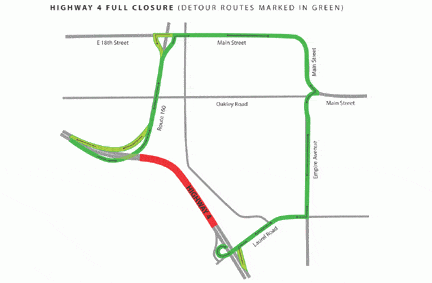
Motorists are advised to expect delays and allow extra time for their commute. Please drive with caution through the detours and leave safe traveling distance between your vehicle and the vehicle ahead of you.
MTC's 2015 High School Internship Program: Now Taking Applications
The Metropolitan Transportation Commission (MTC) is offering opportunities for Bay Area high school students to get hands-on experience in the transportation field through paid summer internships. They are currently accepting applications for positions in 9 Bay Area counties, including Contra Costa. This year 511 Contra Costa is proud to offer two internship opportunities as part of the program, in our El Cerrito and Pleasant Hill offices.

Interested students are encouraged to apply for positions in their home county. A current list of available positions is available on the MTC website.
Qualified applicants must:
- live and go to school in the county they are applying for;
- have completed the 10th grade; and
- be at least 16 years of age by date of hire (Thursday, June 18, 2015)*
*NOTE: If you are offered an internship, are under 18 years of age and will not be graduating prior to the start of the program, you will be required to obtain a work permit. Graduating seniors are eligible to apply.
The program is the creation of the MTC’s Minority Citizens Advisory Committee, designed to encourage young people who might not otherwise consider a career in transportation to do so. Students of all races and ethnic backgrounds are strongly encouraged to apply.
To apply or to get more information, visit: mtc.ca.gov/jobs/high_school or contact the MTC Internship Coordinator by phone at (510) 817-5807 or by emailing them at InternCoordinator@mtc.ca.gov. The application deadline is Sunday, March 22.
This article has been edited to reflect the MTC’s application deadline change.
Carsharing Coming to Richmond and El Cerrito (2015)
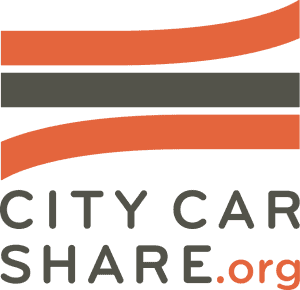 Thanks to a nearly $1 million grant from the Metropolitan Transportation Commission (MTC), carsharing is about to become a reality in both Richmond and El Cerrito.
Thanks to a nearly $1 million grant from the Metropolitan Transportation Commission (MTC), carsharing is about to become a reality in both Richmond and El Cerrito.
The MTC has awarded a $973,864 grant to fund a program called CarShare4All, a collaboration between City CarShare, the Contra Costa Transportation Authority (CCTA) and the Bay Area Climate Collaborative (BACC). The program will deploy vehicles to El Cerrito, Richmond and Oakland, including a wheelchair-accessible van.
“Carsharing is a very important part of our strategy to provide transportation options,” said Kevin Romick, Chair of the Contra Costa Transportation Authority, “This project with City CarShare and the Bay Area Climate Collaborative provides critical links to and from public transit, which provides multi-modal travel choices for Contra Costa residents.”
According to a project factsheet released by Richmond Mayor-elect Tom Butt, beyond bringing carsharing to El Cerrito and Richmond, the CarShare4All program will allow City CarShare to expand access to discounted memberships for low- and moderate-income families and increase the availability of wheelchair-accessible vans to its members.
A date for initial service has not yet been released.
For more information about the program, read the CarShare4All fact sheet (posted by Richmond Mayor-elect Tom Butt) or City CarShare’s press release.
For more information on carsharing in Contra Costa County, visit 511CC’s carsharing page.
New Bike Racks at Concord's Civic Center (2014)
A half-dozen new bicycle racks were recently installed at Concord Civic Center (1950 Parkside Drive), to accommodate people riding their bicycles to City meetings or to the City offices.
“With more residents using bicycles for transportation as well as fitness, we want to make it as easy as possible for people to ride a bike to Civic Center instead of taking the car,” said project coordinator and Fleet Manager Jeff Roubal. The bicycle racks will also benefit employees who choose to bike to work. The new racks were made possible by a grant from 511 Contra Costa and the Bay Air Quality Management District’s Transportation Fund For Clean Air.
Last year the City of Concord installed new bicycle racks at 15 City parks and facilities. Our handy 511CC bike rack map makes them easy to find and shows the type of rack, maximum number of bikes that can be accommodated, and the location address. The new Civic Center bike racks will soon be added to the City of Concord’s Bicycle Rack map. For more information on the City of Concord’s bicycle parking infrastructure contact Roubal at (925) 671-3147.
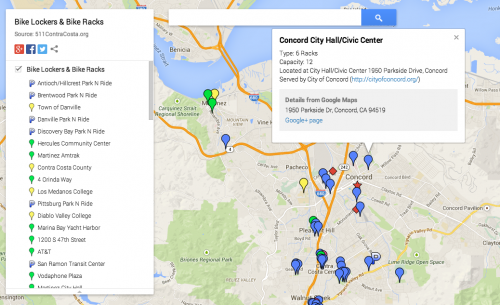
Electric Vehicle Charging Station Coming to Todos Santos Plaza in Concord (2014)
The City of Concord will soon be installing an electric vehicle charging station near Todos Santos Plaza. Although this isn’t the first car-charging station in Concord, it is the first one owned by the City.
The purchase of the charging unit was made possible by a $7,000 grant from 511 Contra Costa using Bay Area Air Quality Management District Transportation Fund For Clean Air funds and Contra Costa Transportation Authority Measure J Commute Alternative funds. The City of Concord provided $4,325 for installation costs. 511 Contra Costa has also helped fund charging stations in Martinez, Walnut Creek, Contra Costa Centre, Brentwood, Pleasant Hill and Pittsburg.

The car-charging unit at Todos Santos Plaza, will be able to charge two vehicles at a time and will be installed on the first floor of the parking garage at 2051 Salvio Street. The fee for charging your vehicle will be $1.75 per hour with a 3-hour time limit. The City of Concord has estimated that the fee will generate about $2,362 annually which is enough to cover the City’s management and electricity costs. See the full article in the Contra Costa Times.
Concord’s new charging station will be part of Coulomb Technologies’ ChargePoint network. In order to use the station you will need to have an active ChargePoint account.
Contra Costa HOV Lanes on I-680 to Be Converted to Express Lanes (2014)
The Bay Area Infrastructure Financing Authority (BAIFA) is working closely with Caltrans to convert the existing HOV lanes on I-680 into express lanes from Rudgear Road to Alcosta Blvd. in the southbound direction and from Alcosta Blvd. to Livorna Road in the northbound direction. Like existing HOV lanes, express lanes are FREE for carpools, vanpools, buses and other eligible vehicles while allowing solo drivers to use the lanes for a toll.
Open House
BAIFA invites everyone to attend an informational meeting to learn more. Project plans will be on display and project team members will be present to provide input about the project.
Thursday, January 30, 2014
5:30 – 7:30 p.m.
San Ramon Community Center at Central Park
12501 Alcosta Blvd. San Ramon, CA 94583
OnLine Public Open House
Can’t make the meeting in person? BAIFA is also hosting an online public meeting at www.BAIFAexpresslanes.org that will begin January 30 and be open for two weeks, closing February 13. The online format will allow the public to view the same information that will be shown at the public meeting and provide input during the two-week period. Once on the project website, click the link to view the information.
Visit www.BAIFAexpresslanes.org or contact MTC Public Information at (510) 817-5757 for more information.
I-80 Interchange Improvements in West County
Major interchange improvements at San Pablo Damn Road, McBryde Avenue, and El Portal Drive will ease congestion and improve safety. The public is invtged to attend one of two meetings to learn more about hte project and provide input on the proposed landscaping and aestheic treatment. The two meetings are being offered to promote greater public partipcation.
Wednesday, September 12, 2012 from 6-8 p.m. at Riverside Elementary school 1300 Amador St, San Pablo
Tuesday, September 25, 2012 from 6-8 p.m. at Riverside Elemntary school 1300 Amador St, San Pablo
For more information visit the project website or phone Hisham Noeimi, Contra Costa Transportation Authority Project Manager at 925-256-4731
Contra Costa County's Climate Action Plan 2012 Workshop
 Contra Costa County will be conducting two open houses next week, Monday, June 25, 2012 in Rodeo and Wednesday, June 27, 2012 in Oakley. The open houses will provide information about the planning process for the Climate Action Plan and provide an opportunity for initial public feedback on potential actions to address climate change. All persons or organizations interested in Contra Costa County’s Climate Action Plan are encouraged to attend one of the open houses.
Contra Costa County will be conducting two open houses next week, Monday, June 25, 2012 in Rodeo and Wednesday, June 27, 2012 in Oakley. The open houses will provide information about the planning process for the Climate Action Plan and provide an opportunity for initial public feedback on potential actions to address climate change. All persons or organizations interested in Contra Costa County’s Climate Action Plan are encouraged to attend one of the open houses.
View the announcement >>
As part of Contra County’s continuing efforts to address climate change, the Board of Supervisors has recently directed the Department of Conservation & Development to prepare a communitywide Climate Action Plan covering the unincorporated areas of the County. The Climate Action Plan is intended to function as a road map for the County to achieve Greenhouse Gas reduction goals and targets pursuant to A.B. 32 (California Global Warming Solutions Act of 2006) and to achieve certain energy efficiency goals pursuant to the County’s U.S. Department of Energy, Energy Efficiency and Conservation Block Grant (EECBG).


